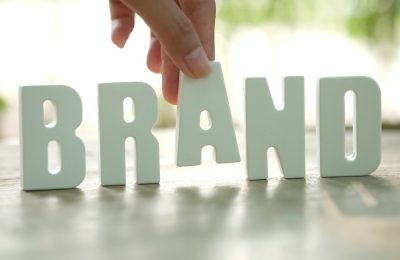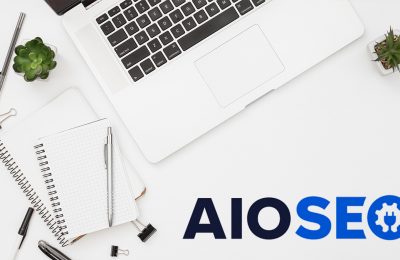Dealing with a harmful connection to a website can be a difficult task, as it can negatively impact the reputation and credibility of the website. However, there are several steps that can be taken to address and mitigate the issue.
First, it is important to identify the source of the harmful connection. This can typically be done by analyzing website traffic and identifying any suspicious activity or patterns. Once the source has been identified, it is important to take immediate action to block or remove the connection.
One common approach is to use a web application firewall (WAF) to block the harmful connection. A WAF can be configured to block specific IP addresses or ranges, as well as specific types of traffic, such as those associated with known malware or hacking attempts. Additionally, WAF can be configured to detect and block specific types of attacks, such as SQL injection or cross-site scripting (XSS) attempts.
Another approach is to use a content delivery network (CDN) to help protect the website from harmful connections. A CDN can be used to distribute website content across multiple servers, which can help to reduce the risk of a single point of failure. Additionally, a CDN can be configured to block specific types of traffic, such as those associated with known malware or hacking attempts.
Another important step in dealing with harmful connections is to ensure that the website is properly secured. This includes using secure protocols, such as HTTPS, to encrypt data in transit and implementing strong authentication and access controls to limit access to sensitive areas of the website. Additionally, it is important to regularly update and patch the website and any underlying systems to address any known vulnerabilities.
In addition to these technical measures, it is also important to have the plan to deal with any potential incidents. This should include a process for identifying, reporting and responding to potential threats, as well as procedures for restoring normal website operations in the event of an incident.
Another important aspect is to have a good relationship with your hosting provider, so they can be informed and take action in case of a harmful connection or attack.
Finally, it is essential to regularly monitor the website for any signs of harmful connections and to take appropriate action as needed. This may include implementing additional security measures, such as those described above, or working with law enforcement to investigate and prosecute any malicious actors.
Overall, dealing with harmful connections to a website requires a combination of technical and organizational measures to ensure the safety and security of the website and its users. By taking a proactive and comprehensive approach, it is possible to mitigate the risk of harmful connections and protect the website from potential attacks.
Don’t miss out on potential customers! Hire an SEO expert today to optimize your website and increase your search engine rankings. Contact us for a free consultation and see how we can help you reach your target audience.



